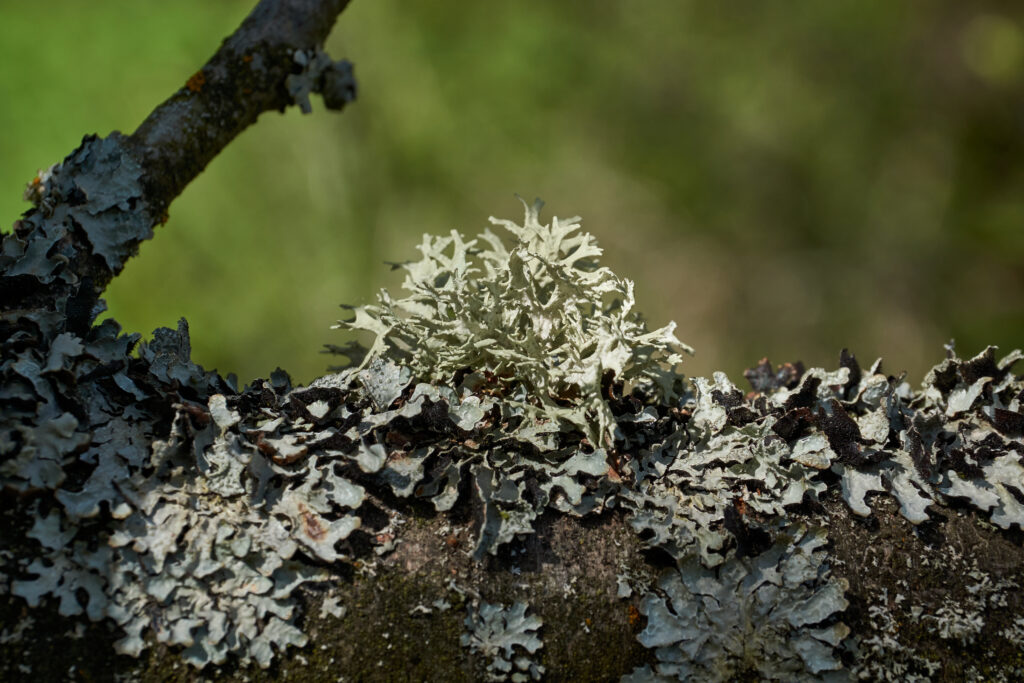Terrariums are miniature ecosystems that can bring joy and greenery to any indoor space. However, even the most attentive indoor gardeners occasionally encounter terrarium problems. This guide addresses the most common issues and provides practical solutions to help you maintain your glass garden in optimal condition.
Identifying and Solving Mold in Terrariums
One of the most frequent terrarium problems is the appearance of white, fuzzy mold on the soil surface or plant stems. While alarming, mold is often easily remedied.
Why Mold Occurs
- Excessive moisture trapped in the terrarium
- Poor air circulation
- Contaminated soil or decorative elements
- Decaying plant material
How to Fix Mold Issues
- Open your terrarium to increase air flow for several days
- Carefully remove affected soil or plant material
- Apply a diluted solution of 1 part hydrogen peroxide to 4 parts water
- Consider adding springtails (beneficial microorganisms) that consume mold
Remember that some fungi are beneficial to your terrarium ecosystem. Only treat mold that appears excessive or is affecting plant health.
Addressing Overwatering and Drainage Issues
Overwatering is perhaps the most common cause of terrarium failure. The enclosed nature of terrariums creates a self-sustaining water cycle, requiring significantly less water than conventional houseplants.

Signs of Overwatering
- Excessive condensation on terrarium walls
- Waterlogged soil that appears dark and soggy
- Yellowing or wilting plants
- Foul odors from the terrarium
Solutions for Overwatered Terrariums
- Remove the terrarium lid to allow evaporation
- Absorb excess water with paper towels
- If severe, consider rebuilding with proper drainage layers
- Establish a minimal watering schedule (often monthly or less)
Managing Humidity Issues in Your Terrarium
Achieving the right humidity balance is crucial for terrarium success. Too much humidity causes rot and mold; too little leads to plant desiccation, especially in desert or arid terrariums.
For Excessive Humidity
- Increase ventilation by opening the lid
- Remove some moisture-loving plants
- Add more drainage material
- Consider switching to plants that tolerate high humidity
For Insufficient Humidity
- Ensure your container has a proper seal
- Mist plants lightly (but avoid overwatering)
- Add more moisture-retaining elements like moss
- Select plants appropriate for your terrarium type
Advanced Plant Care Tips for Troubled Terrariums
Sometimes plant decline indicates deeper issues with your terrarium setup. Consider these plant care tips:
- Trim dying leaves promptly to prevent decay
- Space plants adequately to allow for growth
- Ensure proper light conditions (bright, indirect light is ideal for most terrariums)
- Consider the compatibility of plant species in your arrangement
Preventing Future Problems
Maintaining a healthy terrarium requires observation and minimal intervention:
- Observe before acting—many issues resolve naturally
- Keep terrariums away from heat sources and direct sunlight
- Use sterilized soil and materials when building
- Choose appropriate plants for your specific terrarium environment
With proper attention to these common terrarium problems, your miniature ecosystem can thrive for years with minimal maintenance, bringing natural beauty to your indoor spaces.




